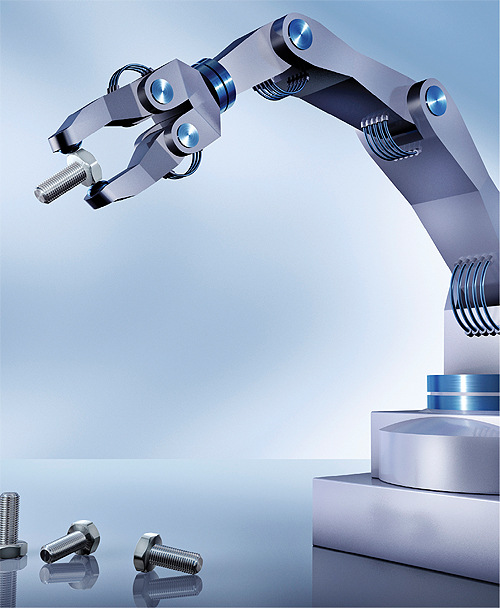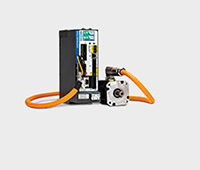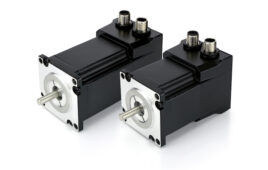By Paul J. Heney, Editorial Director
 According to the International Federation of Robotics (IFR), the global demand for industrial robots reached an all-time high of about 168,000 units last year. Based on the results of its quarterly statistics, the IFR estimates that this total represented 5% more than sold in 2012.
According to the International Federation of Robotics (IFR), the global demand for industrial robots reached an all-time high of about 168,000 units last year. Based on the results of its quarterly statistics, the IFR estimates that this total represented 5% more than sold in 2012.
Robot sales to the Americas continued to increase, due to necessary automation processes in the North American industry. Robot sales to Asia rose considerably, due in large part to strong demand from China, South Korea and other growing Asian markets. In the fourth quarter of 2013, the start of recovery in the Eurozone pushed robot demand substantially. Yet, due to rather weak development in the first three quarters, robot sales in Europe stagnated as a whole in 2013.
Between 2010 and 2013, the annual increase of global robot sales was about 12% on average, despite the critical economic situation in some key countries.
“One basic reason for the continuous growth in the use of robotics is its never ending technological development in relation with market and industrial requirements, accounting for product quality and competitiveness as well as safe processes,” said Arturo Baroncelli, IFR President.
 “Those of us in the industry are not surprised by the growth as many factors have contributed to the increased use of robotics worldwide, some of which has been driven directly from the automation equipment manufacturers,” added Joe Gemma, IFR Vice President. “The software to work with and run robots and automation cells has developed rapidly over the last few years and the ease of use has transcended into more applications under a very demanding and dynamic manufacturing landscape that would not have been tackled in the past. This has enabled manufacturers to provide products to the market quicker and with flexibility of variations to meet consumer demand and at the same time insure the quality required and the performance demanded. Additionally, development tools have enabled more R&D variations on traditional product portfolios and has provided the possibility to “push the envelope,” to bring more innovation quicker to the market place. Certainly the volume increases over the last several years have created a cost benefit that is shared to the automation consumers and is now more attractive to non-traditional markets. These changes and others have contributed to the advance and increase for worldwide demand for automation solutions.”
“Those of us in the industry are not surprised by the growth as many factors have contributed to the increased use of robotics worldwide, some of which has been driven directly from the automation equipment manufacturers,” added Joe Gemma, IFR Vice President. “The software to work with and run robots and automation cells has developed rapidly over the last few years and the ease of use has transcended into more applications under a very demanding and dynamic manufacturing landscape that would not have been tackled in the past. This has enabled manufacturers to provide products to the market quicker and with flexibility of variations to meet consumer demand and at the same time insure the quality required and the performance demanded. Additionally, development tools have enabled more R&D variations on traditional product portfolios and has provided the possibility to “push the envelope,” to bring more innovation quicker to the market place. Certainly the volume increases over the last several years have created a cost benefit that is shared to the automation consumers and is now more attractive to non-traditional markets. These changes and others have contributed to the advance and increase for worldwide demand for automation solutions.”
Filed Under: The Robot Report, MOTION CONTROL





Tell Us What You Think!